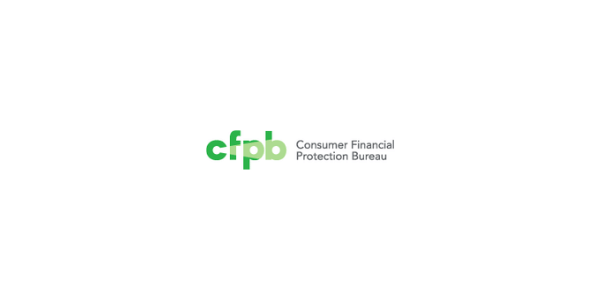
Rapid price appreciation for homes is driving declines in affordability, despite increased levels of income and low mortgage rates.
- April 2021 RHPI shows a 0.7% increase in the price of homes since last month and a 7% increase from the year prior.
- Median household income increased 5.3% from last year and increased 78.7% since January of 2000.
- Consumer house-buying power is much greater, up 1.4% from last month and up 8.6% year-over-year.
- Unadjusted house prices are now 27.4% above the housing boom peak in 2006, but real house-buying power adjusted prices remain 44.4% below their 2006 housing boom peak.
The First American Real Home Price Index (RHPI), released by the First American Financial Corporation in April of 2020, reveals that rapid price appreciation for homes is driving declines in affordability, despite increased levels of income and low mortgage rates.
The RHPI measures price changes of single-family properties adjusted for the impact of income and interest rate changes on consumer house-buying power over time. This figure is calculated at the national, state, and municipal area levels. Because the RHPI adjusts for house-buying power, it serves as a measure of housing affordability.
The April 2021 RHPI shows a 0.7% increase in the price of homes since last month and a 7% increase from the year prior. Yet, median household income increased 5.3% from last year and increased 78.7% since January of 2000. This means consumer house-buying power is much greater, up 1.4% from last month and up 8.6% year-over-year. Although unadjusted house prices are now 27.4% above the housing boom peak in 2006, the real house-buying power adjusted prices remain 44.4% below their 2006 housing boom peak.
“In April, First American Data & Analytics’ nominal house price index increased 16.2 percent year over year, the fastest pace since 2005,” said Mark Fleming, chief economist at First American. “Nationally, according to our Real House Price Index, housing affordability declined in April on a year-over-year basis by 7.0 percent, the most since December 2018. Furthermore, homes typically remained on the market for 17 days in April, a record low. Multiple-offer bidding wars are common across the full spectrum of home prices.”
Fleming considers whether this means it's a good time to buy a home. Many consumers wonder if they should wait for the market to cool down or jump in before affordability declines even further. An increase in inventory might do well to balance out the market, but Fleming does not believe we can build fast enough for that to happen. He said, “If supply increases and meets demand in the middle, house prices will moderate. Unfortunately, while inventory has ticked up slightly in recent weeks, it remains near historic lows and is not enough to compensate for a decade of underbuilding and homeowners simply staying put.”
“A substantial increase in mortgage rates could moderate demand. However, without an increase in income or a slowdown in house price growth, a rise in mortgage rates would accelerate the decline in affordability and squeeze buyers on the margin out of the market,” continued Fleming. “A pullback of buyers on the margin may prompt fewer or less intense bidding wars, possibly moderating house price appreciation. Of course, even without rising mortgage rates, continued strong nominal house price growth would reduce affordability in the short run, squeezing more buyers out of the market and, eventually, reducing upward price pressure in the longer run.”
For affordability to improve, house-buying power must out-pace nominal house price growth. Consensus forecasts have mortgage rates peaking at 3.4% in the fourth quarter of 2021, an increase of the current average 3%, which would reduce house-buying power by at least $24,000. According to Fleming’s calculations, household income would need to increase by 5% to offset the loss in affordability. Income is expected to increase in the months ahead, but it’s unclear if it will offset the rise in mortgage rates.
“More important is the outlook for nominal house price growth,” Fleming said. “While nominal house price growth may moderate due to the affordability squeeze on buyers who are on the margin, the severe supply-demand imbalance means the housing market is unlikely to cool enough to result in a material improvement in affordability. Even if demand moderates due to an affordability squeeze, it will take time for supply to catch up with demand, keeping house price growth positive. So, should you buy now or wait? Real estate is local, and affordability will depend on where you are, but affordability is likely to worsen before it improves, so try to buy it now, if you can find it.”



